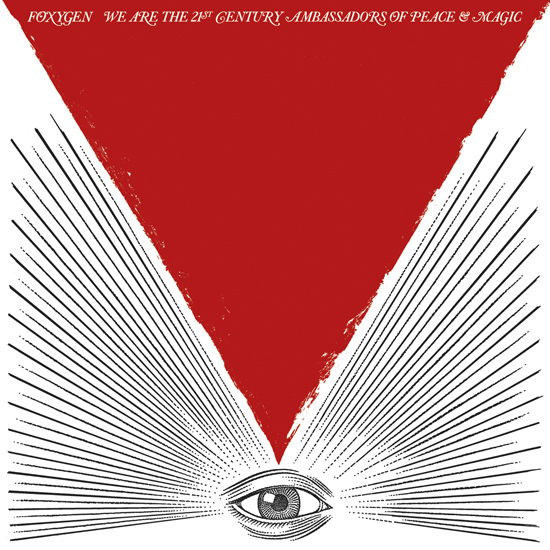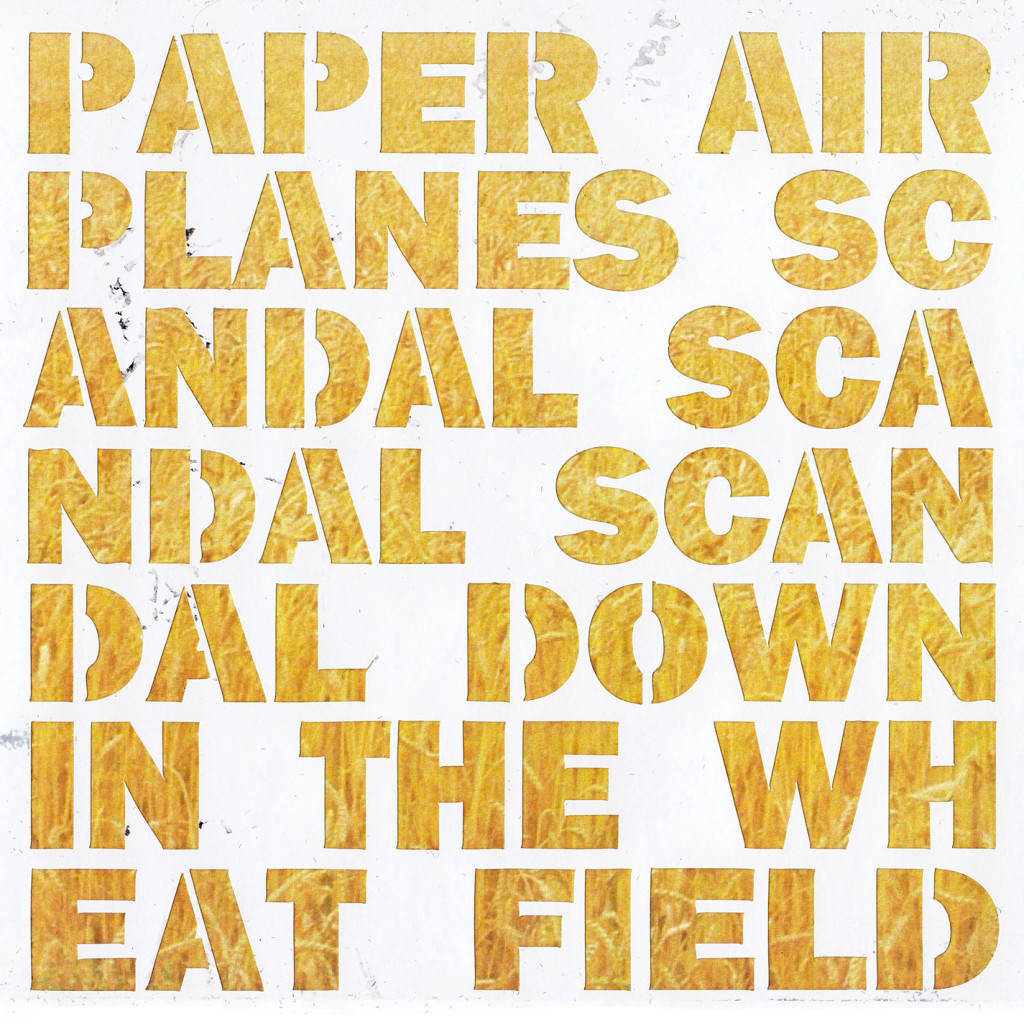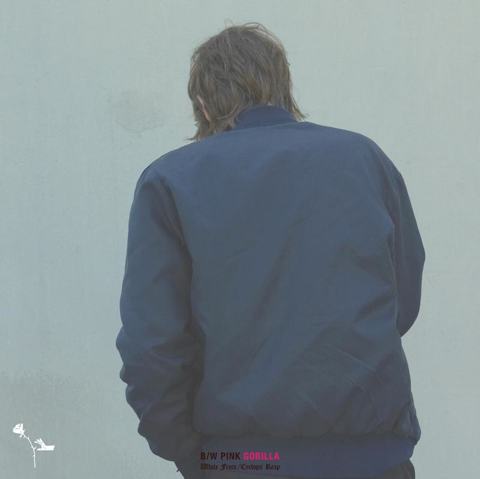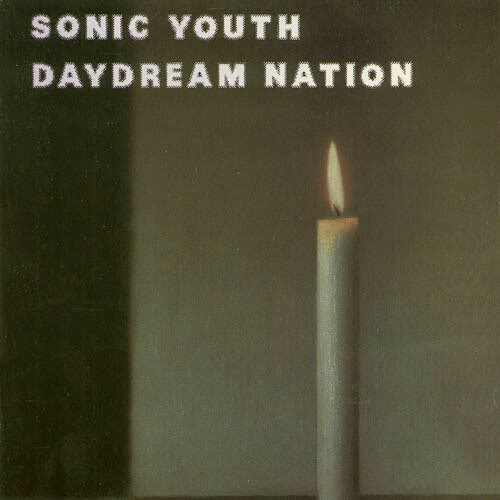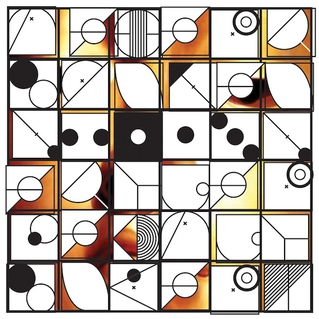
I know that I’ve at least mentioned this album in passing before during past posts, but now that I have finally had the chance to actually sit down and listen to it a few times I figure that it would be a good time to actually talk a bit about it.
Ty Segall, famous for being almost comically prolific, releasing several albums a year, usually with at least a few different bands, has released an album with his newest band Fuzz that features Ty on drums while retaining vocal duties. This, actually, isn’t the only thing that Fuzz will release by the end of the year. In addition to this self-titled debut release they’ve put out two 7″(1, 2) and then there is a live album that just came out this week, recorded in San Francisco at the Eagle, Ty’s home base, for his birthday in which Fuzz, along with Total Control, opened for Thee Oh Sees.
In that teaser one can hear Ty being barely able to contain his excitement when drumming, as the pulse ebbs and flows with each verse and chorus, but Mootheart and bassist Roland Cosio follow Ty’s lead.
And though the garage elements of Ty’s music will surely never go away, they are part of who he is, I think that Charlie Mootheart’s guitar style and tone adds a bit more of a Black Sabbath, early classic rock vibe to all of the tracks. His thick, bonecrushing, distorted guitar tone is way up front on this one. It seems that for the most part, despite Ty being center stage, that Mootheart is actually the “frontman.” His endless and effortless solo work merges seamlessly with his duties as rhythm guitarist. Sometimes, for example on the opening track “Earthen Gate,” he can take the entire song in an unexpected direction, and with a simple harmonic shift pulls the band in a completely different direction.
Though similar in certain ways to Ty’s “Slaughterhouse” album, the hard-driving energy blast that propels these songs takes them out of the territory of sludge in which many of the tracks of “Slaughterhouse” seemed to live. The energy is directed, while the overall sound is allowed to remain more or less raw. The solid guitar work is underpinned with Ty’s explosive drum fill blasts that pop up at every opportunity.
I’d say that this album falls squarely into the category of stoner rock, if that even means anything. But, seriously, nothing screams “sitting in a dimly lit basement bedroom with a group of friends surrounding a bong” than that album cover art. Steady, straight ahead, heavy garage thrash. Stoner blues as I’ve read it described elsewhere online. Songs like “Hazemaze” sound like a few dudes just jamming on 4 chords. Power chords in the verse, solo riffs in the chorus. Simple formula, but contrasting a staid verse with an unhinged chorus is something that works, just ask Thee Oh Sees. In “Hazemaze” Ty gets a chance to really stretch out and show off his drum chops, wildly filling in any and all empty spaces between sections. Another track, like a combination of “Hazemaze” and “Earthen Gate,” “Loose Sutures” takes the 4 chord jam to surprising territory in the verse, and to an honest shredding guitar solo that really allows Mootheart to let loose for a while before giving Ty another shot.
Probably my favorite of Ty’s releases to date. From the classic rock guitar stylings that are brought out more than on any of his other projects, to the more direct and punishing material like “Preacher,” this is really a bit different than anything that Ty has been involved with, though not too different. It’s not like anyone is going to listen to this album and be surprised that it’s a Ty Segall album, but if one is to listen closely it’s Ty’s music coming to us from a different angle. Worth a listen or two, which you can do with the handy youtube video below. You can also head over to Midheaven Mail Order to purchase “Fuzz.”


